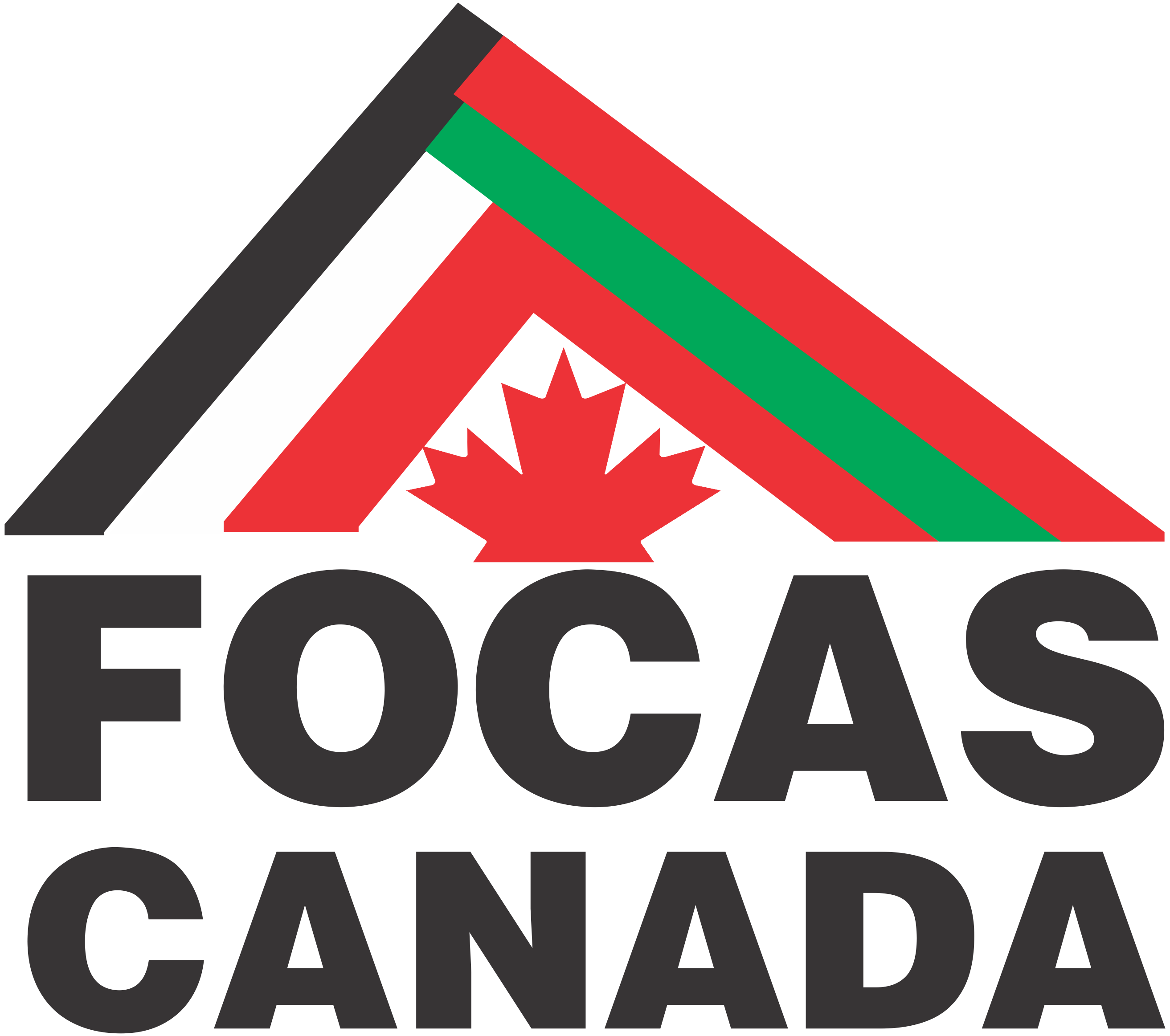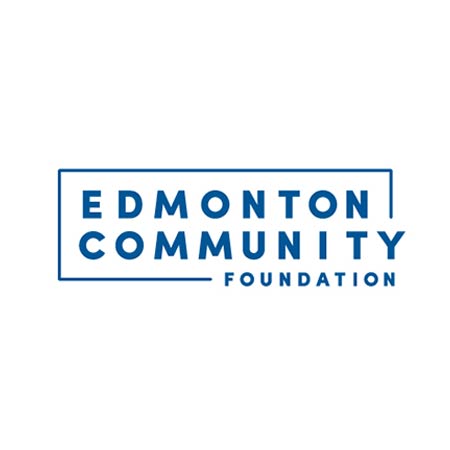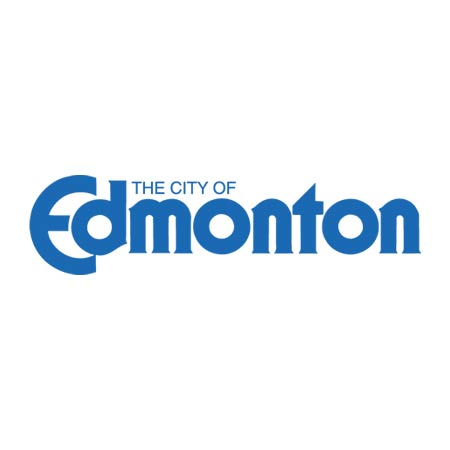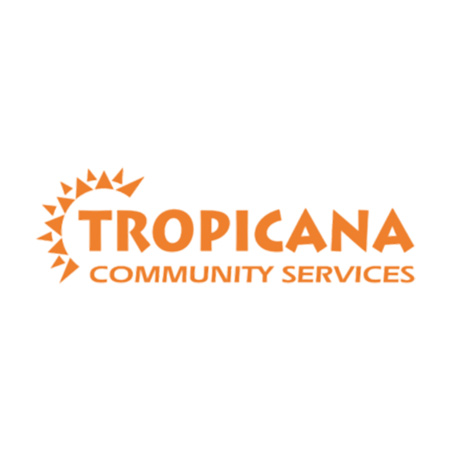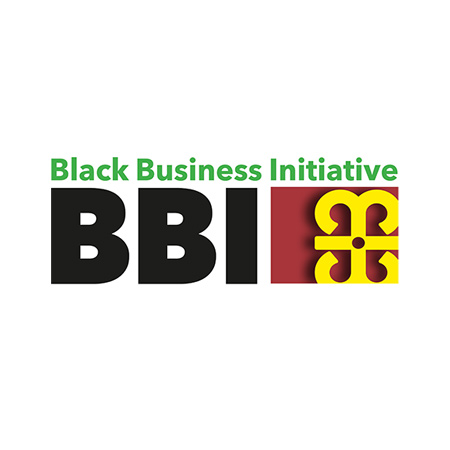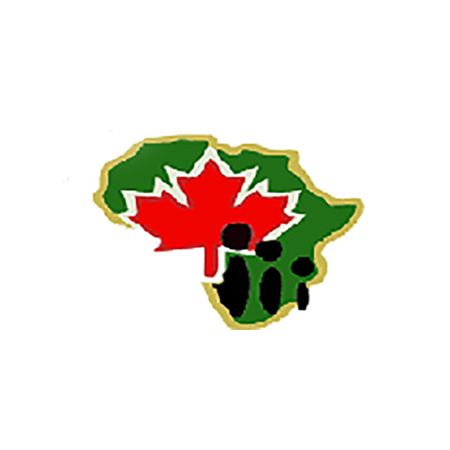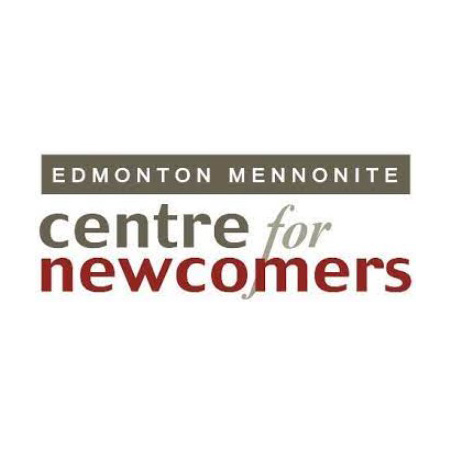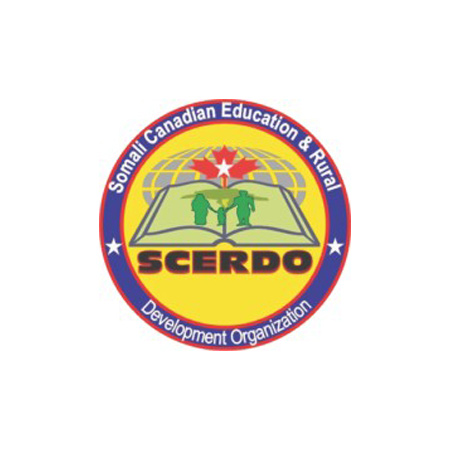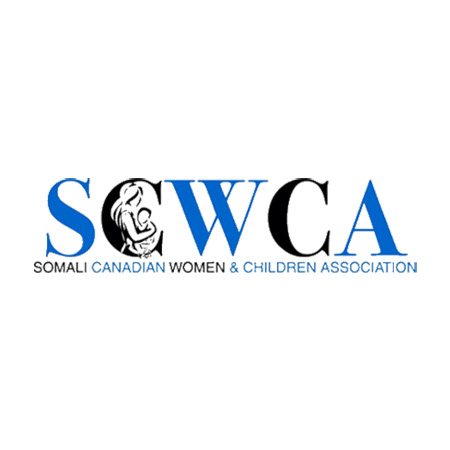In January of this year, FOCAS received an extension on our RED CROSS Canada Emergency COVID Response Grant and were able to continue to provide emergency food to existing and new vulnerable people resulting from the COVID pandemic. These additional funds were received with great joy as the response to our program was so large. We had already served over 500 people to mid December and were able to reach an additional 611 people.
With the extension we purchased additional masks, canola oil, rice and flour to add to any remaining food items from December. We no longer had staff to help with the deliveries and the recipients came to pick up the food themselves. We again had a great need to respond to. The occasional person required food delivery and our staff volunteered to take them the food. We were only able to reach Edmonton with this last food availability.

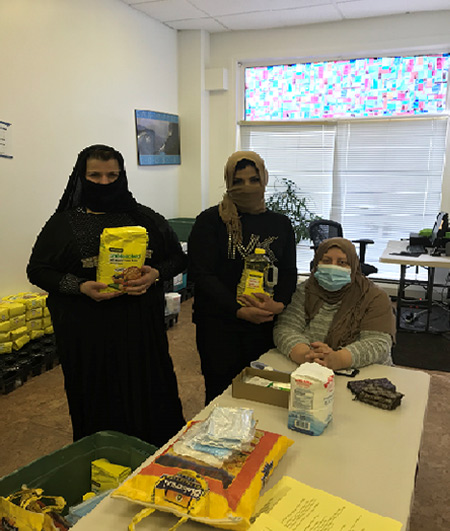
Here are some pictures of the last people to receive the food providing with the grant funds.

Family composition of the beneficiaries. The following graph will show the family composition of the beneficiaries.
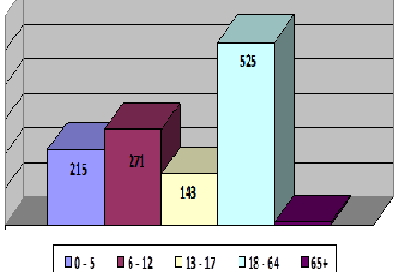
This last funding was almost entirely used for the food and more masks, the only additional expense being to cover wages for an additional few months.
We started with a few people and now reached out to over 1150 people. We started with serving newcomer Oromo community members, then expanded to include Arab, Syrian, and Somali newcomers, along with a few Canadians, due to requests received.
This project was very successful to be able to accommodate so many people, so many requests. Projects like this require teamwork and our volunteers and staff have done a great job.
Thank you to everyone, the Canadian Government for providing the Emergency Community Support Fund, to the Canadian Red Cross for administering the funds we received and thank you to our wonderful volunteers and staff.
We look forward to the next opportunity to do valuable and exciting things together.
RED CROSS GRANT
FINAL REPORT
December 2021
We have been able to complete our very large Red Cross project in December of 2020. Enabled by the funding of the two grants through the COVID-19 response given by the Canadian government, we reached over 1300 people. We made 7 rounds of deliveries in the communities of Edmonton, Calgary and Brooks. Our wonderful volunteers and staff worked to co-ordinate this effort and as a result we were very successful.
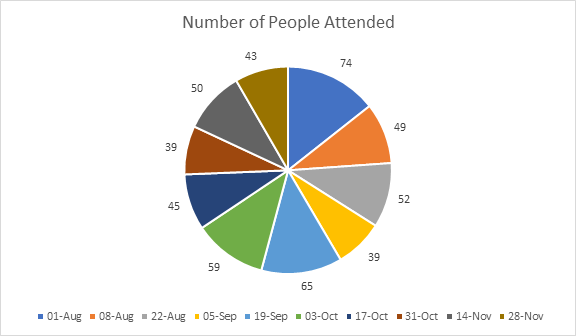
We gave webinars and training on how to prevent COVID-19, on what it means to be a volunteer and provided information to the community through webinars and online training.
We did ten sessions of COVID-19 Public Awareness for 515 people.
Below is a graph of how they were attended. The first session Aug 1 had the most people in attendance. The other sessions were well attended all thoughout the schedule.
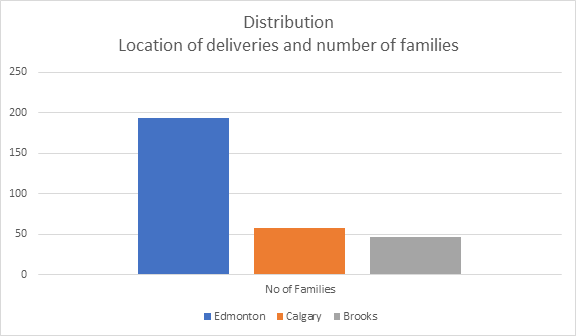
Our reporting to the Red Cross also asked us for the ages of the people we served. The next graph gives you the same information.

We have at the end of the project, many impact stories, much paperwork and an awareness of how many vulnerable people have been affected by COVID-19. The pandemic is not over yet, and the need for food security is real. We do not have funding to continue this project without more government funds but we feel we have made a contribution to the relief effort so far. We acknowledge the RED CROSS and the Government of Canada in this effort as without them we would not have been able to do so much.
We also acknowledge our volunteers. Many of them worked long days to see the work done, the deliveries made and people receive the food hampers. Thank you very much.
If there is someone you know who still needs food, please reach out to the following organizations.
They may be able to provide some assistance for the future.
Edmonton Food Bank – 780-425-4190 to register
Islamic Family and Social Services Association – 780-900-2777
Fresh Routes (see freshroutes.ca for more information)
Bethel Food Pantry (pick up Mondays, 3-6 pm at Bethel Gospel Chapel, 11461 – 95 Street)
We had four training sessions on how to use Zoom, Food Handling and related issue for volunteers and frontline workers as well as the general public, 160 people. When restrictions changed and people were no longer able to meet in person, we provided gift certificates instead of refreshments for attendees. We also had brochures made up to be distributed alongside the rations and available to the general public, informing about the effort of the Canadian Government, the Red Cross and FOCAS. Our session on volunteering was over 3 days and had 156 people who participated.
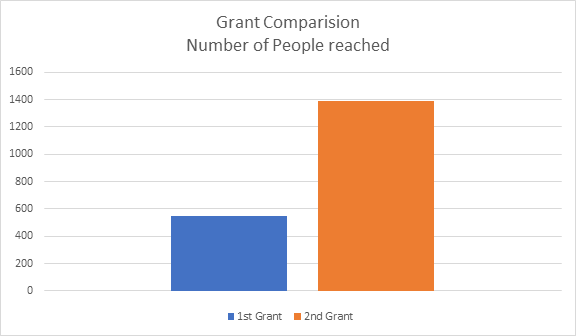
Now for the project direct aid, the food distributed. The first grant enabled us to provide for just under 500 people, with the second grant we added over 1300 people for a total effort of reaching 1939 vulnerable persons. The next chart shows the comparison between how we were able to use the 2 grants for the number of people helped.
Impact Stories:
We heard stories from many people about how they appreciated the help from the Canadian Government and the Red Cross through FOCAS. It saves my money, even though I used to buy small amount, but the help I get is more than the quantity I used to buy & it really made a huge difference. Thank you for your help! (Edmonton recipient on Welfare – family of 7) Seriously, it helped me a lot; reaching us during this time means a lot. I’m grateful for your help. (Edmonton recipient on AB Works – family of 3) It’s nice and helpful as we are a big family. (Edmonton recipient on AB Works – family of 6) For those who have no work, it’s helpful and it’s really helping me. I go to Food Bank sometimes, but can’t walk; hard to wait for bus and carry heavy things. My health is deteriorating and I need more help even though I’m a worker person but now my situations don’t help me to even go to Food Bank to pick up my hamper. (Edmonton recipient on AB Works – family of 4) It helped me minimize some expenses. Thank you for reaching people like us! (Edmonton recipient – family of 8) It helped me a lot. I used to work but now due to COVID, I stopped working. (Brooks recipient – family of 7)

It’s helpful because I am a single mother and the expenses, I used to pay for grocery is covered by the help I’m getting from you. It’s amazing, reaching people like me and I’m grateful. God bless you all. (Calgary recipient on EI – family of 6) It’s helpful in the way it eases our lives because due to this ongoing COVID_19 situation we are affected a lot and this help came at the right time. Keep up the good work. I couldn’t be prouder and more humbled. Thank you, a lot,! (Calgary recipient on CERB – family of 6)
It’s helpful. Due to this CORONON VIRUS pandemic everything was out of my ability, but the help I’m receiving now is way helpful. I work fulltime, but it’s not helpful because I’m a single mother with 4 children. My son is in quarantine and I have to stay with him but my work place is saying if you stay home, we cannot pay you. (Calgary recipient, working – family of 5) It’s amazing and I’m grateful for the help you are giving to us. Thank you for this amazing project at this time. Keep up the good thing and I’m humbled over this all! (Calgary recipient – family of 5) Below are some pictures, this one of some of our team members.
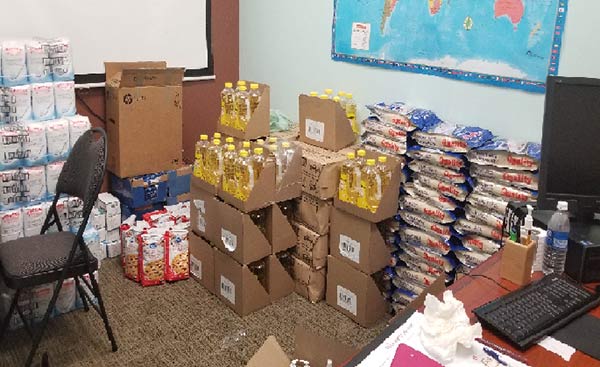
RED CROSS GRANT REPORT
INTREM REPORT
October 2020
On July 6, 2020, FOCAS received 100% of the money requested from the first application submitted for a Canada Emergency COVID-19 Response Grant. This covered start up costs, including assistance for 200 vulnerable people as well as part-time staff. The need was greater than expected, so a second Grant request was submitted to serve another 300 people, along with hiring casual staff. On August 06, 2020, 98% of the amount requested was received.
As the grant time frame was from May to November, we started the project work immediately. After congratulating our members, we announced the project on July 13, 2020. Then we started communicating with community leaders, religious centers, and professional organizations. They helped us to get the people who were most impacted by COVID-19. After the announcement of the project, we requested the associations and religious centers to provide us with the lists of the beneficiaries they referred. As to the criterion of the beneficiaries, we trusted the organizations to determine that.
We then hired part-time staff who started between July 29 and August 6. We hired a Delivery Driver, Volunteer Coordinator, Admin Assistant and Project Director. Almost immediately, the Volunteer Engagement Coordinator position developed into more of a Project Assistant role instead.
We called beneficiaries making sure their addresses and contact numbers were correct. We also added the details of genders and ages of the beneficiaries, as required for reporting purposes. After the first round of deliveries, we did surveys of how much these people were really in need of the support. Most of the beneficiaries expressed the importance of the support; how much they were impacted by COVID-19. They also gave suggestions of food required, especially for people with special dietary needs. We made changes accordingly. Canned beans and tomatoes, as well as “brown” foods were added to the food hampers, along with gift cards.
Information of our food hamper services then started to disseminate by word of mouth and neighbours of the beneficiaries started to ask for the support. Owing to our understanding of the social cohesion of the community we were serving, we could not decline them because we knew immigrants and newcomer communities were the hard-hit section of the Canadian population. We also learned our food allocation ($35 per person) for two weeks was generally more than what they needed. Secondly, we got the budget for 24 weeks and the first 12 weeks of this time had elapsed before we received the grant. This allowed us the opportunity of using the budget for additional people.
We also reduced the budget per person to reach more people. As a result, we were able to increase the number of beneficiaries from the 500 initially planned to 1000 people. The number of requests grew very quickly. We surveyed how the new adjustment did affect the clients and the feedback was encouraging that the food we are giving is enough for the intended two weeks.
Family composition of the beneficiaries. The following graph will show the family composition of the beneficiaries.

Purchasing the groceries: first we collected quotes for the items to purchase. To do that we went to different stores like Walmart, Real Canadian Superstore, No-frills, Save-on-Food, Safeway, and Costco, and checked the price on the shelves. We then met with store managers and asked if they could sell the items in bulk. The answers were that they could not. Then we asked if they discount for items we bought in bulk. The answer was no, again. Then we had to buy the items we needed on shelves at retail prices. Most importantly we assigned more volunteers to hunt for these items when they are on sale.
How did we know if the items we purchase are needed by our clients? We depended on two factors to buy these items. Firstly, we surveyed the demand for these items by the communities we targeted. Secondly, the type of the storage we had. We could not accommodate perishable food. There is staple food these communities eat daily. Items like rice, macaroni, flour, sugar, and oil. Secondly, many organizations provided them with rotten veggies and fruits and most clients asked us not to give them. They rather preferred non-perishable food so that they would buy the perishable items themselves.
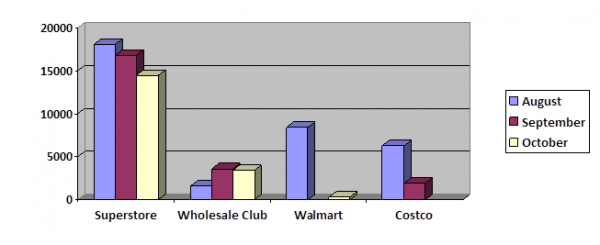
Food items purchased are mostly dry and non-perishable foods that are common to the community we serve such as rice, sugar, macaroni, pasta, flour, oil, canned beans, canned tomato and gift cards for freshies, along with COVID-19 related supplies, hand sanitizer, masks and gloves.

Amounts of items purchased for hampers
Who purchases these items? We have 40 volunteers working on the project. Some of them were assigned to purchase the items based on their background or experience. They buy the items with their own money and once we received the items, we reimburse their money. There was a time when we had difficulty to get enough volunteers who were available, so we used the money for casual staff to pay most experienced individuals to purchase items for us. Even most of them donated the gas of their vehicles and mileages. In most cases our volunteers buy the goods for us. More than 31 volunteers participated in purchasing the items. There are individuals who purchased the items voluntarily more than 11 times. Each round the purchased items are graphically represented here (round one to four)

Graph that shows the amount of people who received food.
What does the beneficiary’s survey say? The surveys and the outcomes are so encouraging that most of the clients suggest they need the support continued beyond the November deadline. They most often suggest which item they need most. In some cases when you have some items for the consecutive two weeks, they advise us to give that particular item to be reduced or given to other people. We pretty much collect their feedback informally after every two rounds and are guided by their advice. Formally, we have collected feedback after Round 1 (all beneficiaries) and after Round 4 deliveries (a random sample).
The following is what they say to our survey team. “Without this support, back to school for our kids may not be smooth”. “Your help supported us in our transition from being jobless to getting job.” We are also hearing that some families need additional financial support, beyond what we can provide.
Another important part of the project is the COVID-19 Awareness sessions. This part of the project started on August 1 and will continue every 2 weeks until November 29. Many hundred people have participated in the sessions. Community leaders, health professionals, economic and social service experts have participated in giving presentations on different COVID- 19 related impacts. They present clinical, social, economic, psychological, and emotional aspects to the participants. So far, we have completed seven sessions. On these training lessons, people from all over Canada have participated. Almost all the trainings were given online on Zoom platform.
Good financial management of this project is a key to our success. The financial part of the project was handled by our admin assistant and chartered accountant who supervises our financial utilizations. Most of the money used to purchase the groceries is followed by the remunerations for our staff. The rest of the allocation of the budget is depicted by the following graph. We evaluate our financial status after every round of ration distribution and every month of salary payments. For the accuracy of our work we use cutting edge accounting software.

So far, the project is smoothly moving and recording a lot of progress. We started with a few people and now reach out to 1000 people. We started with serving newcomer Oromo community members, then expanded to include Arab, Syrian, and Somali newcomers, along with a few Canadians, due to requests received. All the trainings and ration distributions to three cities are being completed as planned. Our staff teamwork activities and experiences are growing. In the beginning we stored the groceries in our office. In a short period of time we had to add a larger, more suitable location.
CONCLUSION THE PROJECT

AT THE CONCLUSION OF THE PROJECT
